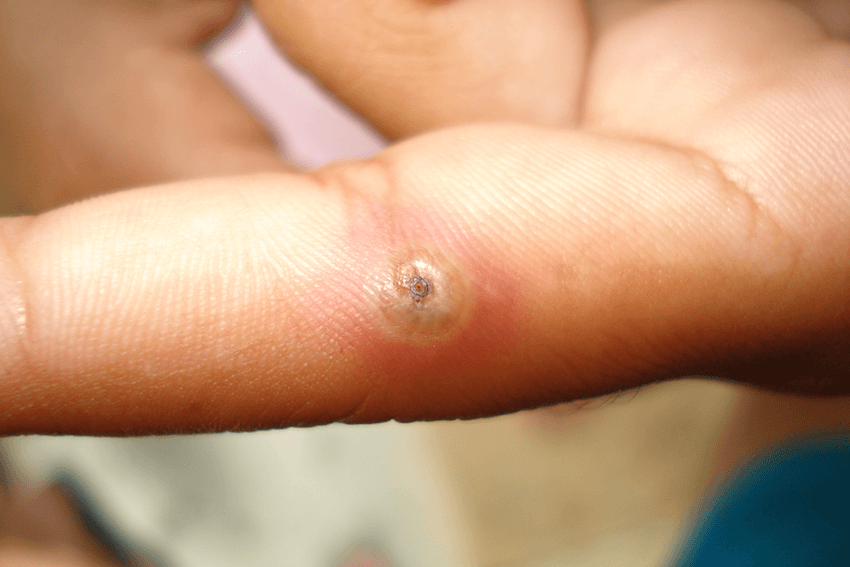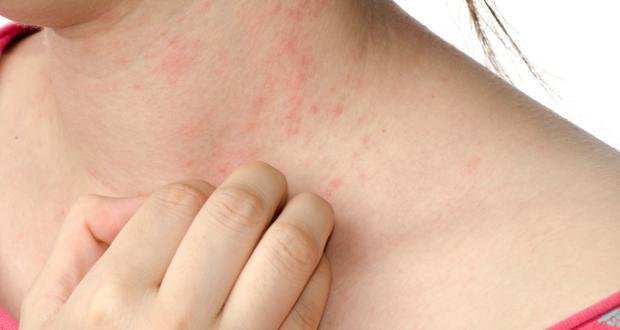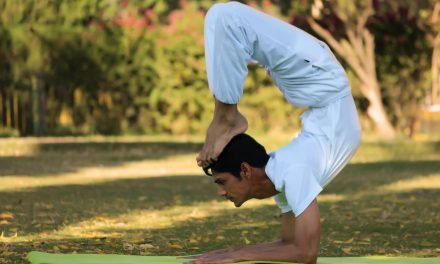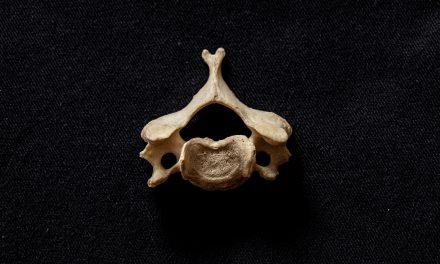
Symptoms and Treatment of Tungiasis

Tungiasis is a disease closely linked to poverty because it mainly affects people who walk barefoot and live in unpaved areas or areas where there is no garbage collection.
The disease is caused by blood fleas, i.e. blood-eating fleas. In particular, it is often caused by Tunga penetrans, but there are cases related to Tunga trimamillata. Today, let’s learn about the symptoms and treatment of tungiasis.
The fleas that cause tungiasis have many names, including jigu flea, sand flea, nigua, and ziger flea. The first reports of tungiasis appeared in 1525 when the Spanish conquistador Fernando González de Oviedo observed that many indigenous people of Haiti suffered from the disease.
It originated in the United States, and from there it spread to other parts of the world. Currently, the flea is found in Latin America, the Caribbean, sub-Saharan Africa, Madagascar, Zanzibar, Seychelles, India, Pakistan’s west coast, and Oceania.
What is Tungiasis?
Tungiasis is a disease that occurs when one of the aforementioned fleas penetrates the skin of warm-blooded animals. The disease occurs when a female flea pierces the skin while pregnant. These fleas go through a hypertrophic process and lay and release thousands of eggs.
Tungiasis can affect any part of the body, but it most commonly affects the feet. Because tungiasis fleas prefer to live in dry, shady, sandy soil filled with organic ingredients. Walking barefoot makes you more susceptible to infection.
A pregnant female flea clings to the skin with her mouth. These fleas pass through the epidermis until they can reach the capillaries of the papillary dermis. The parasite’s anal and genital openings come into contact with the skin surface, through which the flea’s eggs are expelled and the female fleas die after 1-3 weeks.
Symptoms of Tungiasis

If you are infected with tungiasis, you will experience intense itching due to the skin inflammatory response to the fleas.
Most often, tungiasis affects the skin around the feet, toenails, and between the nails. Only between 5% and 10% of patients were found to have symptoms of tungiasis in other parts of the body.
Patients usually experience severe itching at the site of infection. Patients may have one or more wounds. These wounds may be very painful or asymptomatic. About 24 hours after the fleas have penetrated the skin, you can observe hot-blooded pimples or spots. Usually, these symptoms appear after about 2 hours.
The flea bites start to turn into white nodules with a black dot in the center. This black dot is the tip of the flea’s abdomen. In most cases, it can be observed that flea eggs are attached to the skin in the area near this black dot.
After the flea dies, a black scab will cover the wound. This scab consists of clotted blood and residue. Then epidermal scars appear. Sometimes, these sores look like blisters and look ulcers or warts.
treatment of tungiasis
The basic treatment for tungiasis is the surgical removal of fleas. To do this, doctors use a sterile needle and disinfect it with saline. In some cases, deep cutting is used. After the fleas are exposed, the skin is scraped using electrocoagulation.
Careful extraction of fleas is very important. If the flea’s body breaks down in the process of exposing it, it can cause a serious inflammatory condition. After extraction, topical antibiotics should be applied.
This is an oral medication that should be taken at 25 mg/kg per day for 5 to 10 days. Albendazole can be used as creams and lotions to reduce the number of wounds.
Preventive
Health and hygiene education is the most important preventive measure and measure in areas where tungiasis is present.
The best way to avoid the symptoms of tungiasis is to prevent it in the first place. To this end, the most practical way is to wear shoes and avoid lying or sitting in areas where fleas can live.
In any case, the best strategy is to overcome poverty. It is important to clear roads and pathways and to establish an effective waste collection system. Equally, it takes effort to create a clean floor to improve your home.
Education also plays a very important role. To prevent fleas from penetrating the skin, it is essential to properly educate those exposed to these fleas.





















